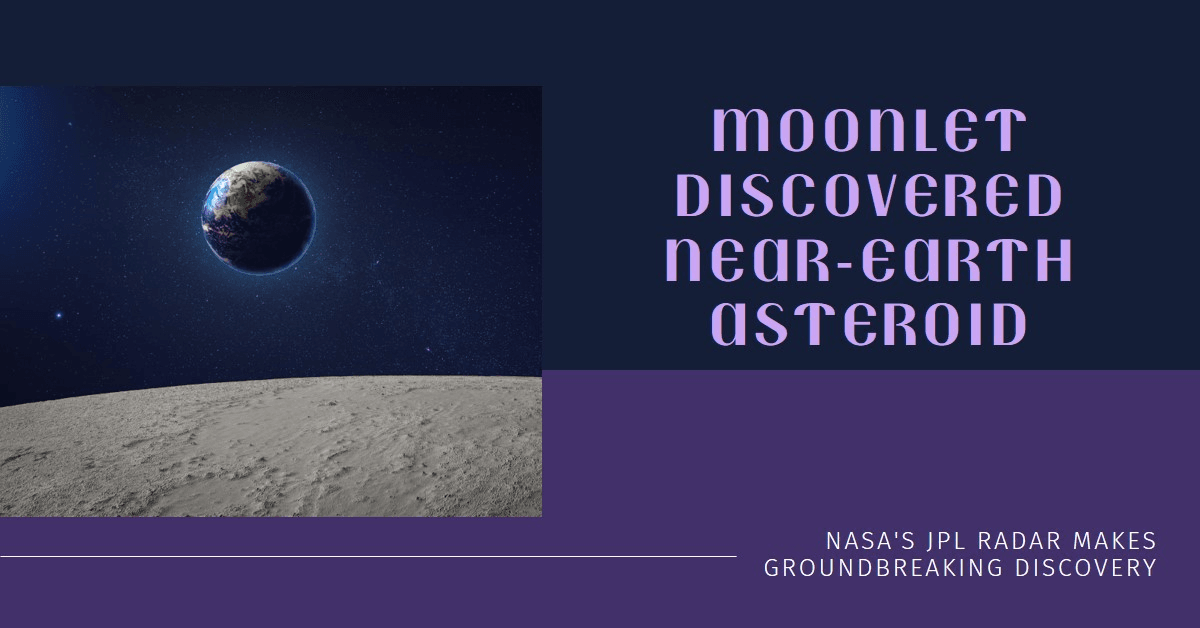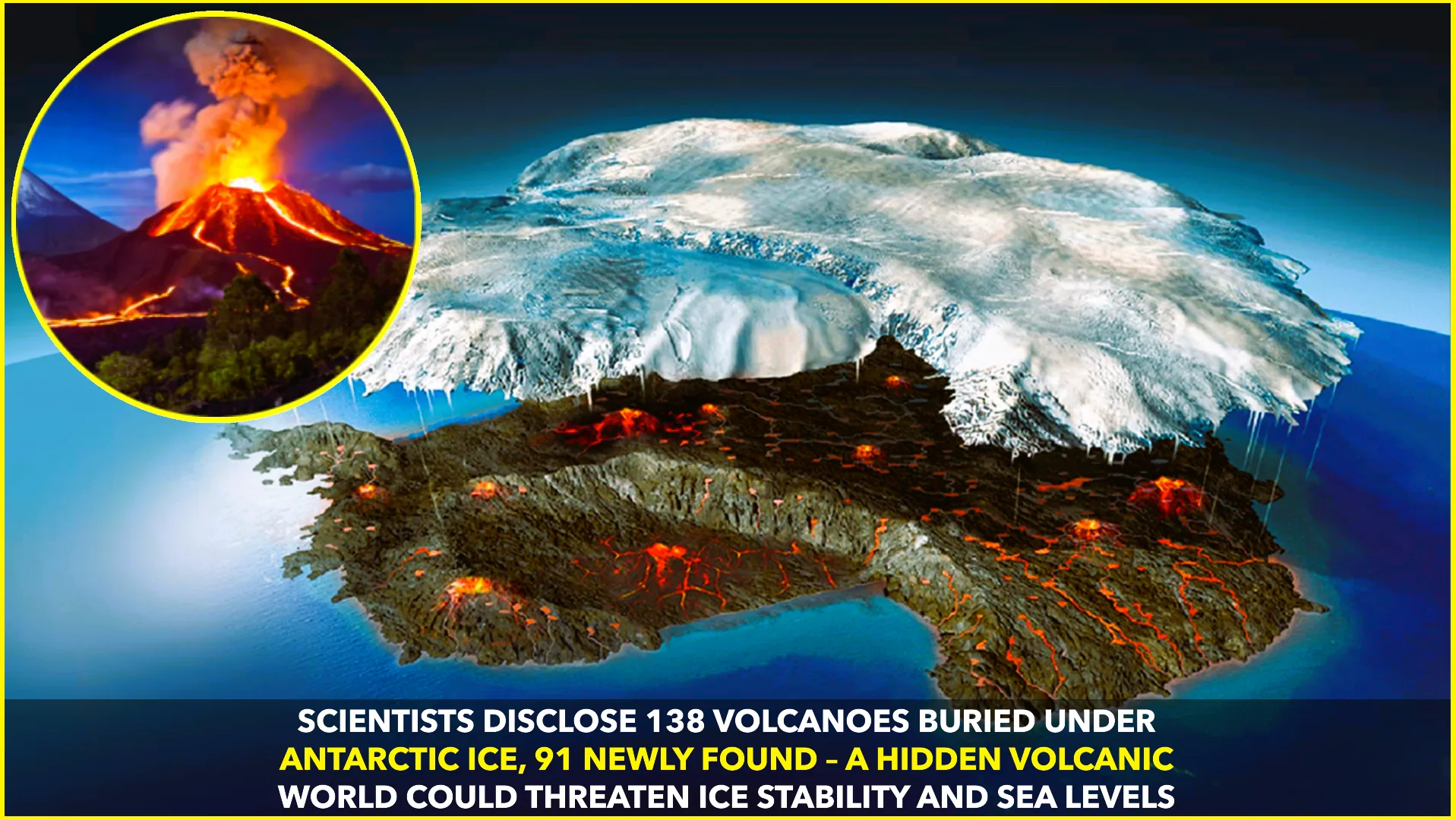The tireless quest to unravel the mysteries of our solar system has yielded another exciting discovery. In recent observations of a near-Earth object (NEO) designated 2011 UL21, astronomers at NASA ‘s Jet Propulsion Laboratory (JPL) have stumbled upon a previously unknown celestial companion. Utilizing the immense power of the Deep Space Network’s (DSN) radar system, they were able to identify a moonlet locked in orbit around the asteroid. This discovery sheds new light on the formation and characteristics of binary systems within our cosmic neighborhood.
2011 UL21 first entered our astronomical sights back in 2011. As it made a close flyby past Earth on June 27, 2024, JPL scientists seized the opportunity to train their sights on the asteroid. The instrument of choice? The colossal 230-foot-wide Goldstone Solar System Radar stationed in California. By meticulously analyzing the radio waves bouncing back from the asteroid, researchers were able to not only determine its near-spherical shape, but also make a remarkable additional discovery – a smaller celestial body orbiting the larger one.
While the existence of moonlets hitched to asteroids isn’t entirely new, this particular find holds significant value for astronomers. The presence of this newfound companion allows researchers to delve deeper into the fascinating world of binary system formation and evolution. By carefully comparing the physical properties of both the asteroid and its moonlet, vital clues can be gleaned about the processes that orchestrate the birth of these celestial partnerships. It’s akin to studying a snapshot frozen in time, offering insights into the history and potential future of this dynamic duo.
Thankfully, both 2011 UL21 and its newfound moonlet maintained a safe distance during their Earthly encounter, cruising by at a comfortable 4.1 million miles – roughly equivalent to 17 times the distance between Earth and the Moon. This discovery, however, serves as a potent reminder of the ongoing quest to map and understand our cosmic surroundings. With advancements in technology and the unwavering dedication of space agencies like NASA, the veil continues to lift, revealing ever more fascinating details about the vast celestial tapestry that surrounds us. The exploration of our solar system is far from over, and future observations may uncover even more intricate details about this newfound double act and countless others waiting to be discovered.
#epicinfinite #epicarticle #epicblog
What do you think of this cosmic duo? Share your thoughts in the comments below!










